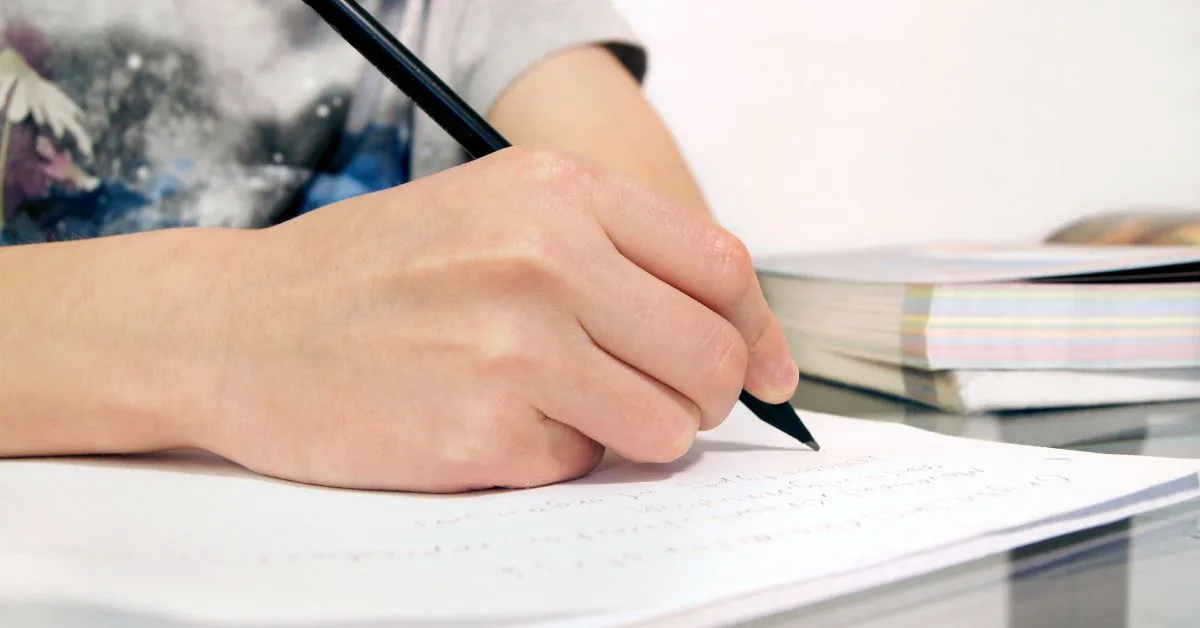With its advanced natural language capabilities, ChatGPT has opened exciting possibilities to automate essay writing with custom prompts.
But while the viral AI chatbot can generate coherent passages on demand, solely relying on its raw text for academic essays poses risks around originality and personal comprehension.
So how can you optimize ChatGPT’s structural assistance while crafting custom essays reflecting your authentic perspective?
In this comprehensive guide, we’ll cover step-by-step instructions to get ChatGPT to write an essay properly as a personalized writing aid rather than unoriginal content crutch.
Why Use ChatGPT for Essays
We’ll first highlight some key benefits ChatGPT brings for essay writing before diving into the exact methods:
📝Idea Stimulator: ChatGPT can rapidly suggest unique topics or angles when you’re struggling for inspiration.
🪄Instant Outliner: It can automatically organize all your points into a logical sequence.
👥Feedback Provider: You can validate flow, transitions and impact of argument presentation.
📑Citation Assistant: Ask for properly formatted academic references or footnotes.
📕Style Guide: Quickly validate language tone, formatting needs and grammar policies for academic writing.
The sheer speed of getting structured guidance exceeds human capabilities. But balancing it with critical thinking is vital for correctness.
Now let’s get into the step-by-step process…
Step 1: Decide Essay Type & Length
Start by deciding fundamental scope details:
- 📚 Subject Area: History, literature, technology etc.
- 🖋️ Type of Essay: Argumentative, narrative, cause/effect etc.
- 🔢 Word Count: Follow instructor guidelines if any.
- 🕑 Deadline: Account for all stages from outline to proofreading.
Understanding output expectations sets the context for using ChatGPT effectively.
Step 2: Formulate Topic Prompt
With type and direction decided, guide ChatGPT to suggest impactful, original topics:
- Provide background on subject area chosen.
- Specify intended essay type and parameters like word length or deadline.
- Ask ChatGPT to suggest 5 essay topics fulfilling criteria.
- Bonus: Request each recommendation be supported by 3 potential angles to tackle it.
Reviewing multiple aligned suggestions jumpstarts your thinking process.
Step 3: Create Detailed Outline
Once you select an apt topic, demand ChatGPT structure it into an essay outline:
- Provide the finalized topic along with background details.
- Specify sections expected – introduction, body paras, conclusion etc.
- Request a 4-5 paragraph essay outline with logical buildup of sub-points.
- Ask for supporting examples under each key point.
- Suggest adding hook statement at start and impactful conclusion ideas.
With an organization map in hand, essay flow becomes clear.
Step 4: Generate First Draft
Leverage the completed outline as prompt for ChatGPT to populate content under each header:
- Provide the entire outline created in previous step.
- Ask ChatGPT to draft a complete essay adhering to this structure.
- Specify word count and request in-text citations be included.
- Mention target readability level suited for audience.
This speeds up initial content flow while aligning bulk writing.
Step 5: Personalize & Refine
This vital stage involves taking AI output and iterating it into your original piece:
- Mark sections reflecting personal experiences for emphasis.
- Ensure language matches your tone and style.
- Replace examples lacking context or depth with more fitting ones.
- Verify accuracy of references used and enrich via outside research.
- Expand areas you have deeper insight into.
Custom alignments prevent submissions sounding templatized.
Step 6: Review & Finalize
With personalized draft ready, leverage ChatGPT to close gaps:
- Have ChatGPT critically review entire draft for issues.
- Ask follow-ups to clear flagged areas.
- Use suggestions for better supporting data if needed.
- Request necessary formatting fixes for submission.
- Confirm nothing overlaps with previous student essays through plagiarism checks.
- One last grammar and spelling validation.
Multistep verifications result in refined submissions.
Read Also: How to Tell If Something Was Written by ChatGPT
Conclusion
Getting ChatGPT’s assistance for accelerated essay drafting works best when blended with custom enhancements reflecting student creativity and comprehension.
The 6-step approach outlined encompasses:
- Defining Output Expectations
- Formulating Write Prompt
- Structuring Detailed Outline
- Generating First Draft
- Personalizing and Enriching
- Finalizing Through Reviews
Automating repetitive parts like suggesting ideas, compiling outlines and putting text under headings via ChatGPT speeds drafting significantly.
Students focus energy into critical thinking around topic evaluations, customized arguments, real-world connections and delivery finesse.
So tap ChatGPT for structure acceleration but finalize essays by integrating your authentic perspectives for fulfilling submissions optimized for productivity and originality both.

